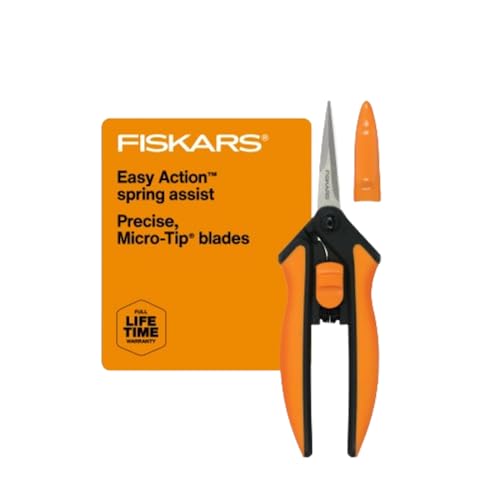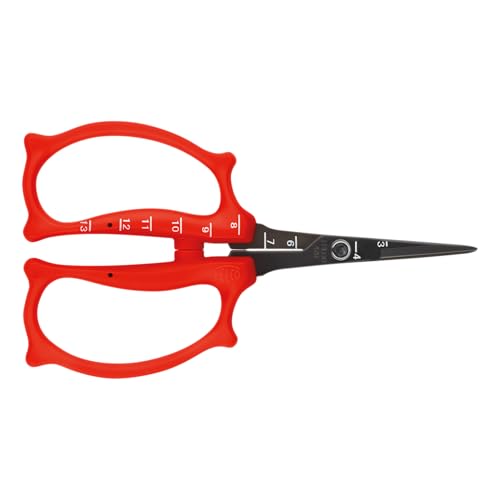These $15 bestselling Fiskars pruners are a must-buy this Prime Day – they make deadheading so easy, and will keep your patio plants in tip-top shape
Effective and lightweight, these Fiskars deadheading snips are currently 21% off
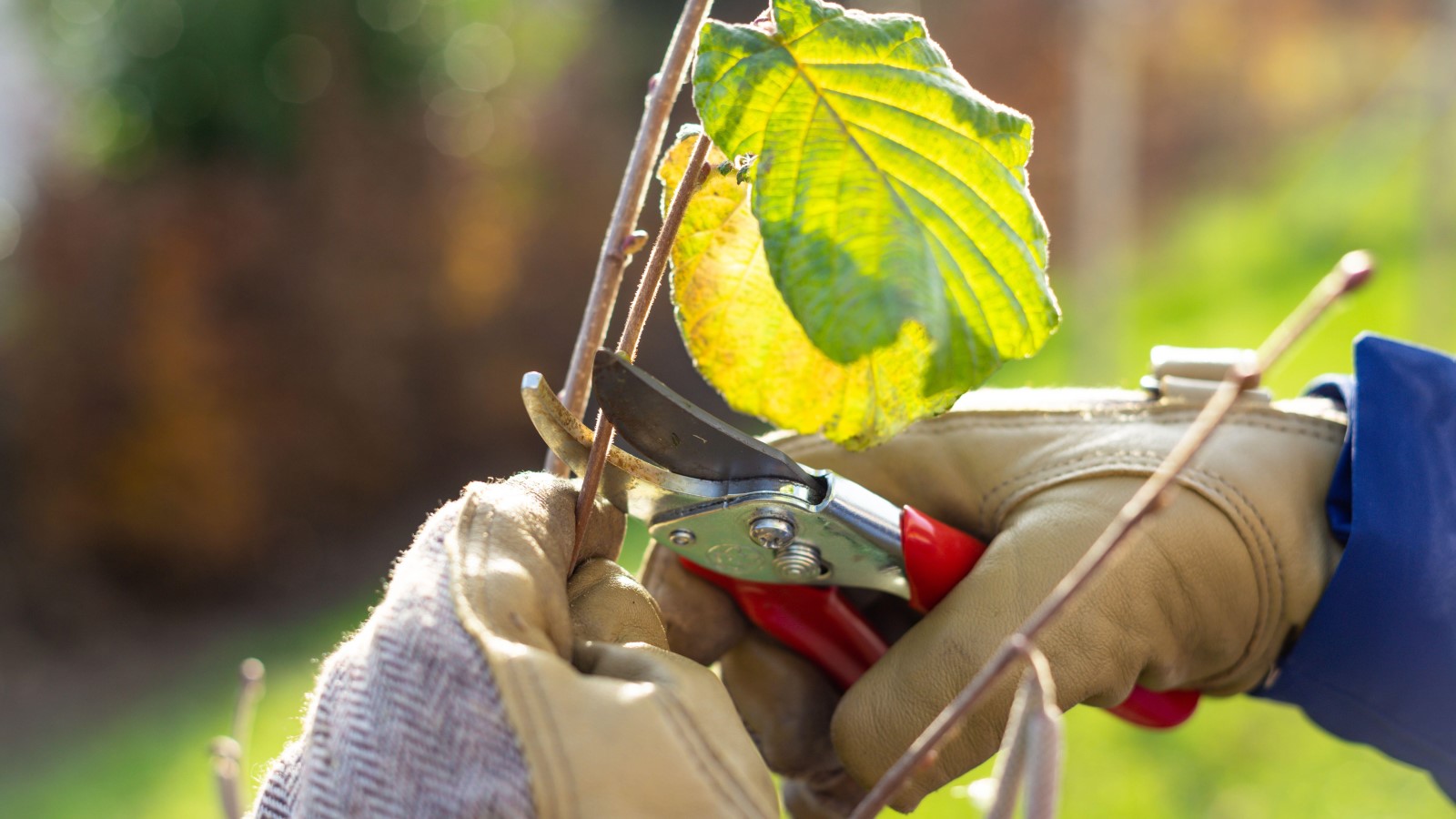

During summer, a quick spot of deadheading can extend past the 30-minute mark. If you are anything like me, you might intend to be out in the yard for a quick five minutes, but return inside much later than anticipated with green-stained hands and a bucket full of spent blooms.
After years working as a professional gardener, I have tidied and trimmed all sorts, from vast cut flower yards with rows of snapdragons, to tiny terraces crammed full of pots of sweet peas and zinnias. I have come to appreciate a well-designed tool above almost anything else.
While there are many snips available online, these Fiskars deadheading snips, available now via Amazon, stand out, and the reviews prove it. They’re sharp as a razor and as light as a feather, and so slight you can slip them into your pocket (although I would recommend a holster, to avoid any nasty surprises). Believe me, the best pruners can really make all the difference.
What are people saying about these Fiskars deadheading snips?
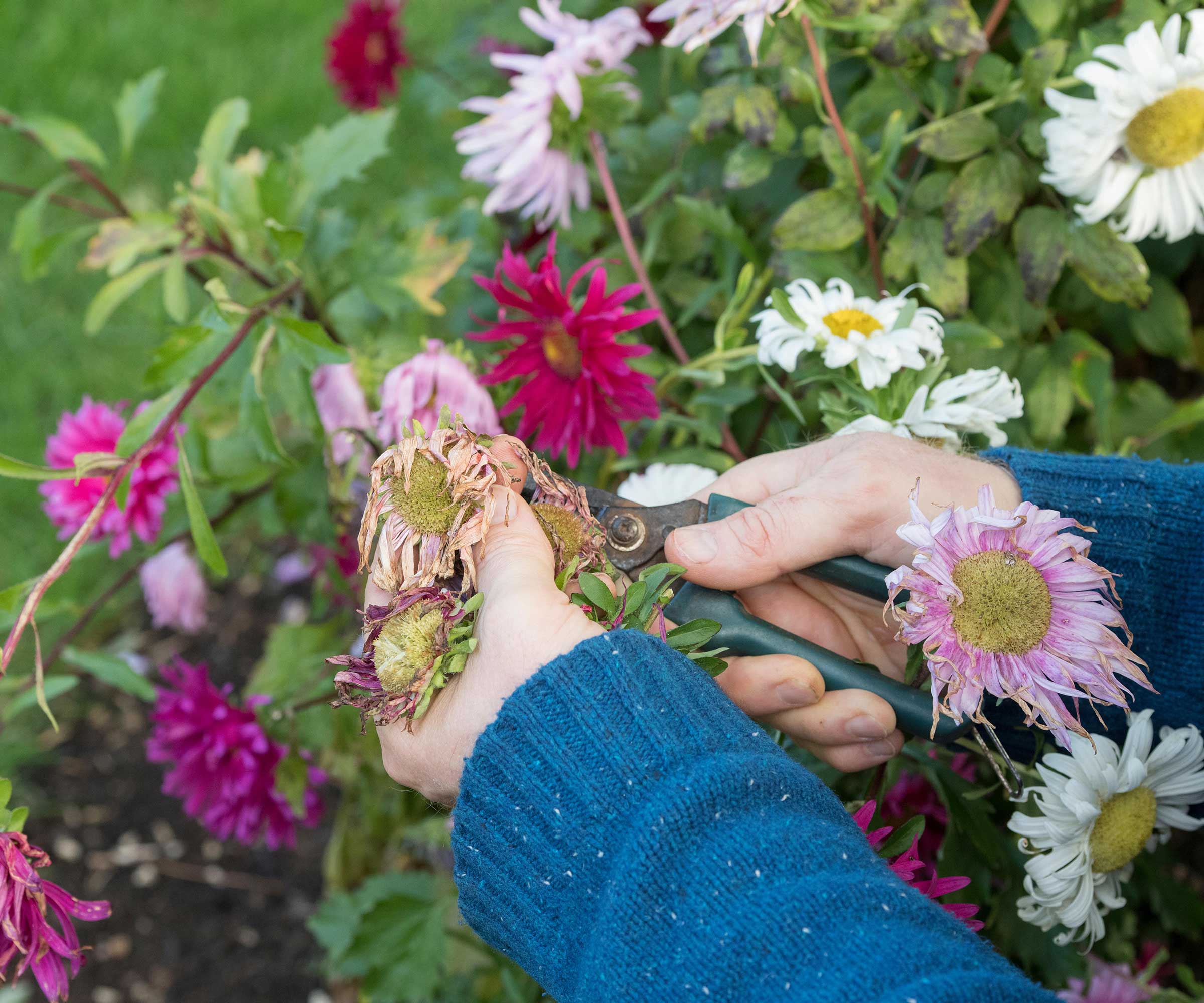
Currently on sale for Prime Day at just $15, these snips are a steal, in my opinion, and an investment that will keep your pots and borders looking spectacular.
These Fiskars deadheading snips have amassed close to 5,000 reviews on Amazon, with an overall score of 4.6 out of 5, and over 80% of reviews opting for 5 stars.
Amazon buyers praise the handy ergonomic shape and the featherweight design of these essential pruning tools.
One five-star reviewer in June 2025 said: 'There is not a better precise trimmer that I know of... Great for deadheading, quick basil and parsley harvesting, and other more intensive trimming jobs.'
Design expertise in your inbox – from inspiring decorating ideas and beautiful celebrity homes to practical gardening advice and shopping round-ups.
Another five-star reviewer in July 2025 noted how they 'fit perfectly in my medium-sized hand for snipping green beans and tomatoes.' This reviewer went on to comment that they are 'nice and sharp with a protective cap when not in use.'
There is some mention that the safety lock can stick slightly or break over time, with one reviewer writing in November 2024 that 'the slide lock does break easily.'
So, while there is some concern about the locking feature, overall, the consensus is that these snips punch well above their price point... especially when on sale.
Shop deadheading accessories
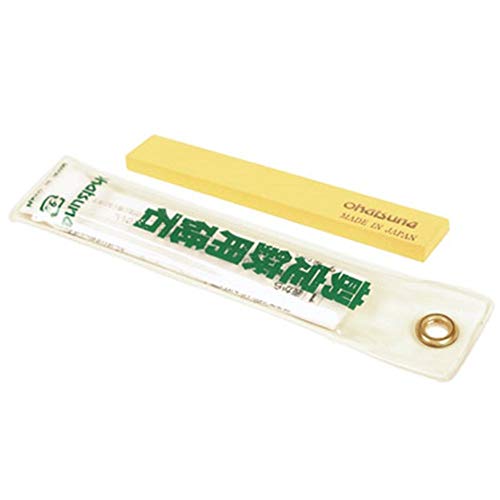
This Okatsune sharpening stone is a quick and cost-effective way to restore pruning snips and scissors.
How to use deadheading snips
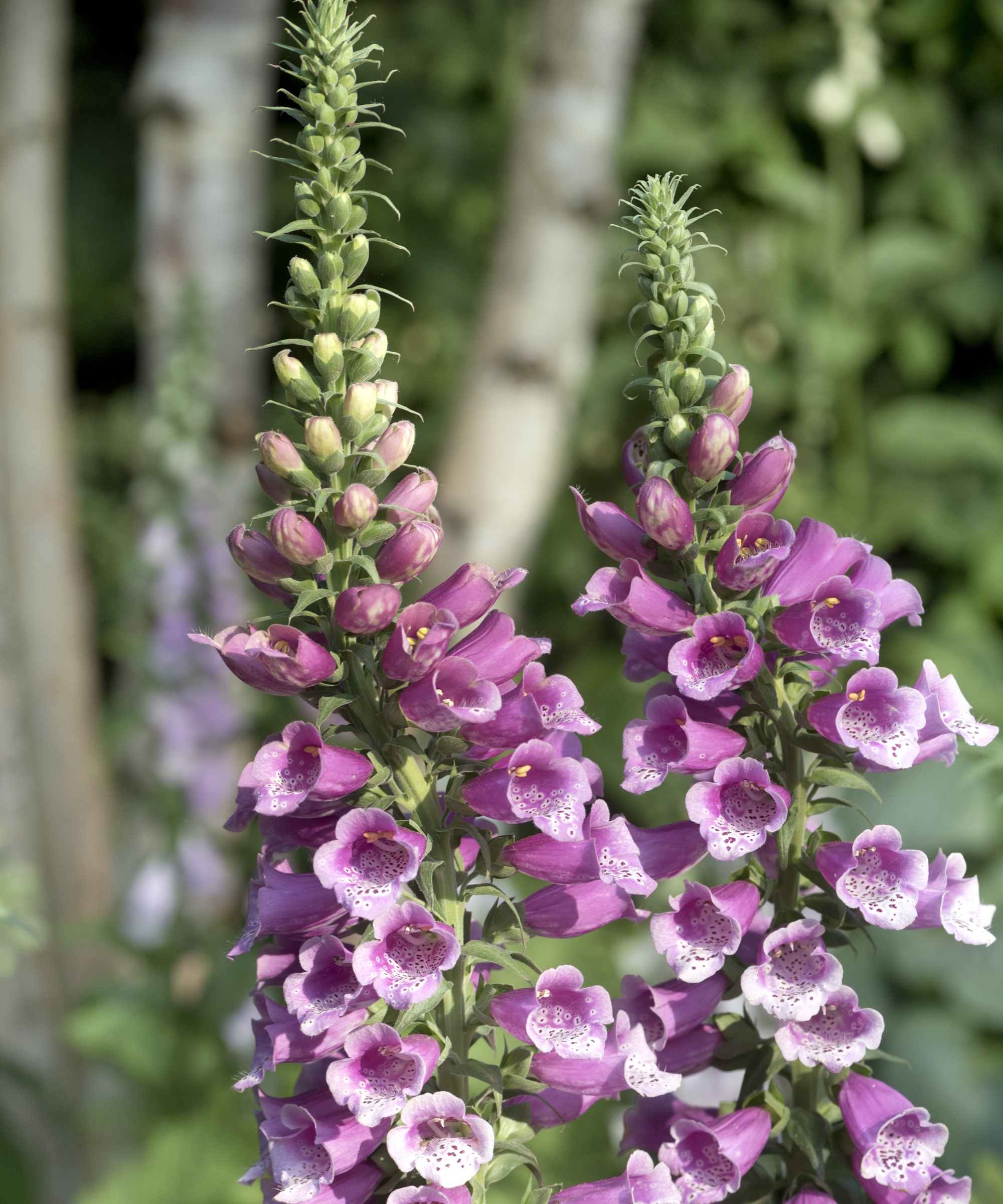
Whether you are learning how to deadhead sweet peas or getting your head around deadheading verbena for the first time, the principle is always the same.
The aim is always to remove spent blooms that are dead or dying. Usually, these are easy to spot as they will appear brown or black in appearance.
I always trim just above a set of healthy leaves or new buds, and using smaller snips like these will allow you to be precise.
Give your pruning snips a clean with some water after use, and use a sharpening stone every other week to keep your tools in tip-top shape.
And, remember to store your tools correctly, keeping them in a dry environment, never leaving them outside in the rain.
With deadheading, I find that little and often is the best approach. Consistently snipping any fading blooms every few days will help to prolong the summer show. And, remember to compost those brown petals, which will quickly break down and add nutrition to your soil.
For more advice, see our guide on how to prevent pruning shears from rusting, and keep your new snips in good condition this summer.

Thomas is a Content Editor within the Gardens Team at Homes and Gardens. He has worked as a professional gardener for both public spaces and private estates, specializing in productive gardening, growing food and flowers. Trained in Horticulture at the Garden Museum, he has written on gardening and garden history for various publications, including The English Garden, Gardens Illustrated, Hortus, The London Gardener and Bloom. He has co-authored a Lonely Planet travel book, The Tree Atlas, due out in 2024.
You must confirm your public display name before commenting
Please logout and then login again, you will then be prompted to enter your display name.
